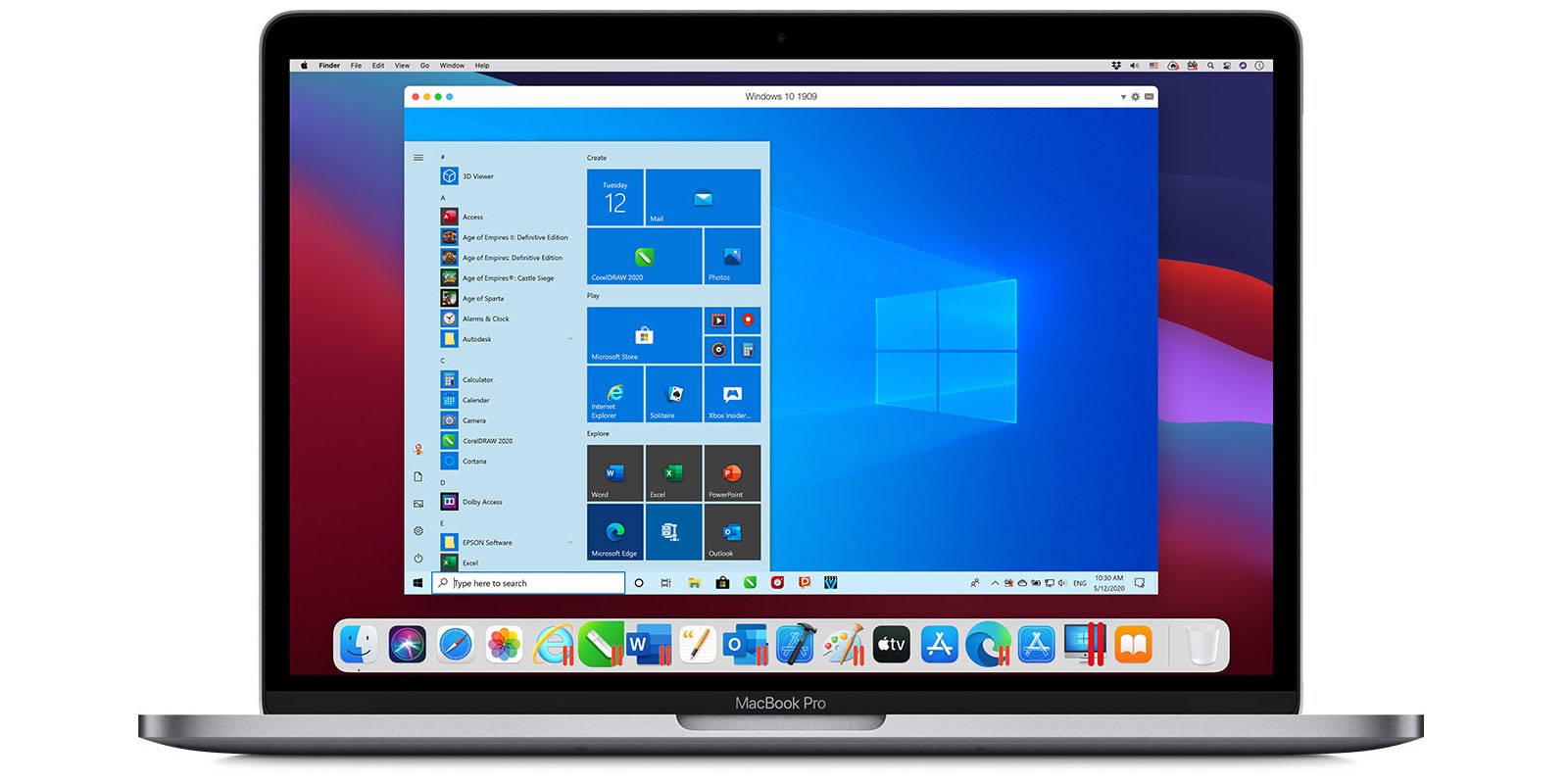
- #Parallels desktop apple silicon arm preview for mac#
- #Parallels desktop apple silicon arm preview install#
- #Parallels desktop apple silicon arm preview for windows 10#
- #Parallels desktop apple silicon arm preview windows 10#
- #Parallels desktop apple silicon arm preview pro#
Step 6: Sign in to your Parallels account. The installation will take several minutes, so just be patient and let it complete.
#Parallels desktop apple silicon arm preview windows 10#
Click continue on the Virtual Machine Configuration page to commence the Windows 10 installation on your M1 Mac.Close the Configuration window once you’ve settled on the processor and memory allocation.If you have 16GB of memory on your machine, I recommend allocating 8192 MB of memory. If you have 8GB of memory on your machine, I recommend allocating 4096 MB of memory. If you have an M1 Mac, which has an 8-core CPU, I recommend allocating 4 cores. Adjust the processors and memory settings.
Eventually the Configuration window will appear, allowing you to customize the amount of memory and CPU cores allocated to the virtual machine. Parallels Installation Assistant will now create the virtual machine, which will take a few seconds.
#Parallels desktop apple silicon arm preview install#
Parallels will automatically search out the Windows install image on the Select Installation Image window.
#Parallels desktop apple silicon arm preview for mac#
Unlike the Parallels Technical Preview, which we showcased late last year, Parallels 16 for Mac has eliminated many of the bugs and issues that were featured on the preview. The app is universal, meaning that it will work with both Intel and Apple Silicon-based Mac systems. Parallels Desktop 16 for Mac is the official version of Parallels for macOS users. Step 1: Download and install Parallels Desktop 16 for Mac. Watch our hands-on video walkthrough for step-by-step instructions for installing Windows 10 for ARM on your M1 MacBook, Mac mini, or iMac, and be sure to subscribe to 9to5Mac on YouTube for more Apple-centric guides and tutorials. Parallels recently released Parallels Desktop 16 for Mac, and with it comes out-of-the-box support for M1 Macs.
#Parallels desktop apple silicon arm preview for windows 10#
Microsoft has recently released a new emulator to bring support for 64-bit x86 programs for Windows 10 ARM.Although M1 Macs lack support for traditional Boot Camp x86 Windows installations, it’s super-easy to install Windows for ARM on your M1 Mac. This means that a lot of apps that are 64-bit will not work. Currently, only 32-bit programs are supported by the Windows 10 ARM version. Even if there is support planned for Boot Camp, you can only run the ARM version of Windows 10 that has its own limitations. Boot Camp is not supported on the Mac devices with Apple M1 chip. However, the entirely different architecture of M1 Macs makes them unable to run Windows.
This was because both the Intel Macs and PCs had the same hardware architecture. Intel-based Macs used a feature called “Boot Camp” to install and use Windows on Mac. While existing Mac apps that haven’t upgraded support for Apple Silicon can still be run using the built-in translator called Rosetta 2. However, the shift from the x86 Intel architecture to ARM architecture to gain greater battery efficiency and tighter optimizations have made many apps incompatible to run on the new Mac computers.

#Parallels desktop apple silicon arm preview pro#
The introduction of the Apple Silicon aka Apple M1 Chip has been revolutionary for Apple’s new lineup of Mac M1 devices – MacBook Air, MacBook Pro 13”, and Mac mini.


 0 kommentar(er)
0 kommentar(er)
